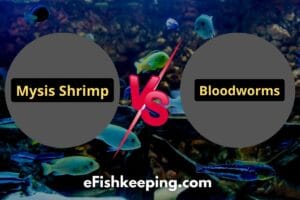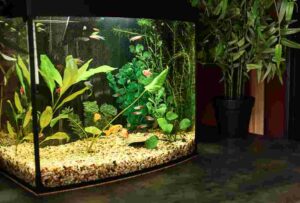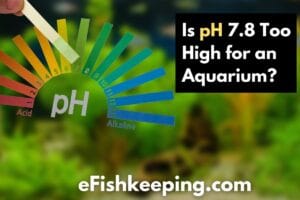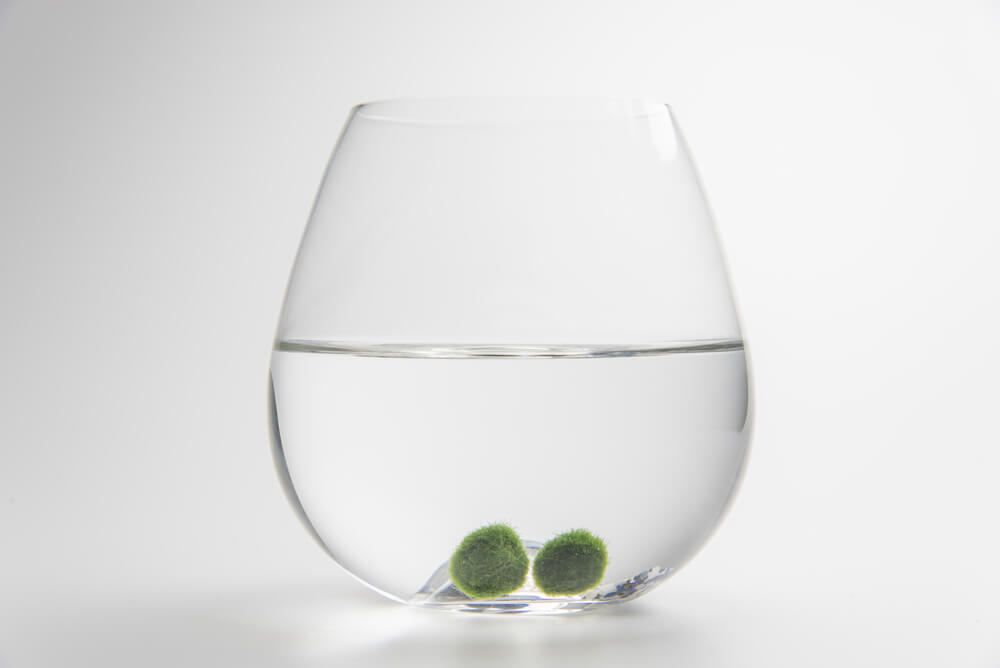
Moss balls are a fun addition to the tank.
But when you decide to add them for the first time, several questions come up regarding their needs.
What about their food, light, substrate, fertilizer requirements, and more?
Well, read this guide till the end as I share everything you need to know about the requirements of keeping these cute and alive balls.
Pro-Tip: Just wanted to quickly mention that if you want to showcase moss balls in a decorative way, don’t forget to check out nice bowls like this one (available on Amazon.)
1. Do Moss Balls Need Food?
Moss balls don’t need food; you don’t need to feed them like other aquatic organisms in the tank.
The moss balls are algae; like plants, they also produce food through photosynthesis.
If you have kept moss balls in a fish tank (in which fish are present that produce a bit of waste), you have already set up the right conditions for them to feed.
You don’t need to do anything extra because whenever you feed your fish, you also feed them (They absorb nutrients in the aquarium water).
2. Do Moss Balls Need Light?
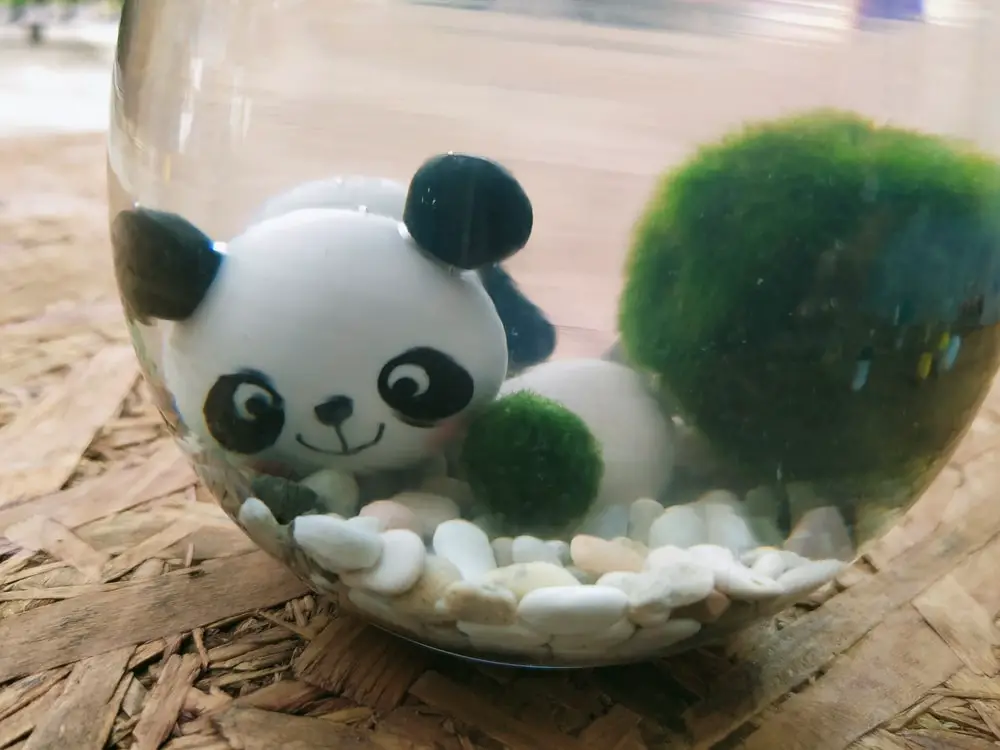
Moss balls are nothing but a form of green algae, and like most algae, they need light to do photosynthesis to thrive.
However, they don’t need intense lighting and especially avoid sunlight.
The sunlight can be intense enough for the moss balls and lead to the formation of brown patches.
It is good to keep them in low artificial lighting conditions.
Helpful Tip: If you keep your moss balls in a tank where they don’t roll over much, ensure to do it manually. You can flip or rotate the moss balls once in a while to ensure all parts receive uniform lighting and don’t develop browning.
3. Do Moss Balls Need Substrate?
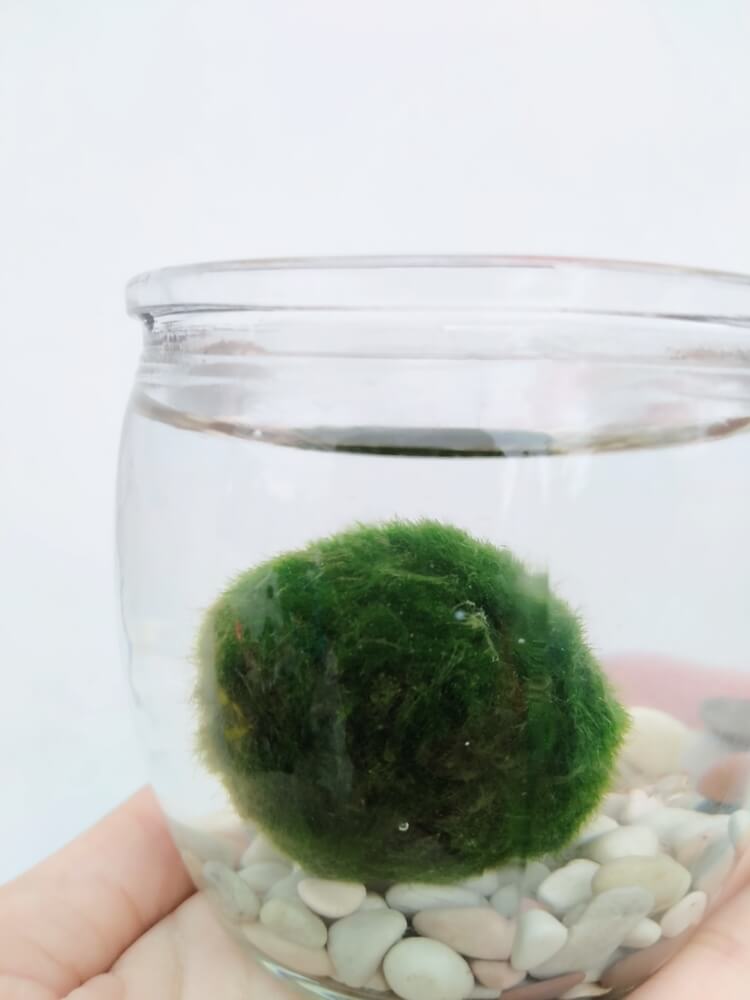
Moss balls don’t need substrate and can do well in a bare bottom tank.
Unlike plants, moss balls don’t have any root systems, so they don’t need to adhere to any surface.
The natural habitat of moss balls consists of lakes where they are mainly found at the bottom.
They are a type of green algae that naturally takes a spherical shape. The algae grow long hair-like filaments that tangle together as they roll at the lake bottom.
The gentle wave action turns them – thus, allowing the moss balls to form and retain their spherical shape. And that’s how they grow into a spherical shape.
The largest moss balls can even be a foot long in diameter!
In short, since the substrate has no specific role, it is OK even if you don’t have one. A bare bottom tank is also fine.
Helpful Tip: If you are concerned about the shape of the moss ball, ensure to lightly roll them whenever you do a water change to help maintain the shape.
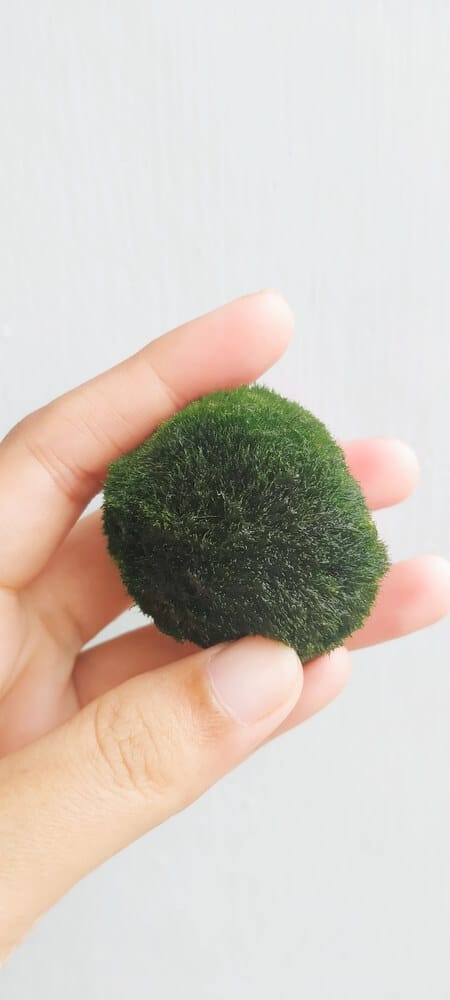
4. Do Moss Balls Need A Filter?
No! Moss balls don’t need filters. However, that doesn’t mean a filter would harm them.
It turns out, your filter can get clogged because the moss ball filaments get sucked into them. For this reason, you will have to clean the filter regularly.
Moss balls are essentially nothing but algae. So a filter can do no significant harm except if the flow is too much – the shape of the moss balls can get disturbed.
Moss balls are actually used as an additional filtration device in a tank.
They tend to act like a sponge, sucking up the surrounding dirt and debris of the tank over time. Moreover, the moss balls absorb the nitrates in the water and prevent the excess growth of algae in your tank.
5. Do Moss Balls Need CO2?
Moss balls don’t need any CO2 supplementation to grow. However, CO2 doesn’t harm them either and can accelerate their growth.
Just as we depend on oxygen to thrive, like plants, moss balls depend on CO2. So by giving them more CO2, naturally, they will grow faster.
You can infuse them with CO2. And for that, you can take a container and infuse it with more CO2. And then, you can put moss balls in that solution for some time.
Alternatively, you can put them in seltzer water that automatically releases CO2.
Moss balls typically have a very slow growth rate. So if you want to see them as big fluffy balls faster, adding CO2 can be helpful.
But there are a few drawbacks.
Firstly, you will be going through the hassle of infusing them with CO2. But if you don’t feel it is a tough task, it won’t be a big problem for you.
The next issue is that moss balls exposed to too much CO2 or light tend to float in the aquarium. However, you can solve this problem by anchoring them to something at the bottom of the tank.
In short, you can try to supplement CO2 for faster growth of the balls (because they have a pretty slow growth rate – 5 mm/year).
6. Do Moss Balls Need Fertilizer?
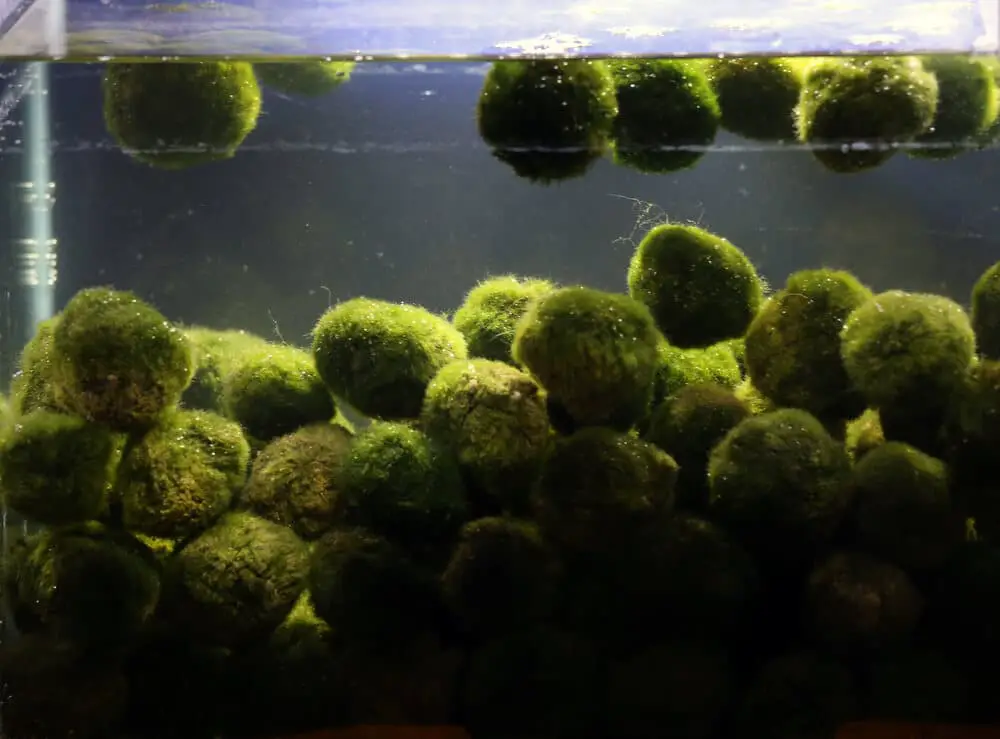
Moss balls don’t need fertilizers. They are just a ball of algae and would do well with adequate lighting in a tank.
They prepare their food using photosynthesis, so they won’t need any additional help from us.
And the nitrates and other nutrients in the fish tank would be more than enough for them to thrive.
That said, if you keep them in a tank with zero nitrates or any other such nutrient source, adding fertilizers from outside is a good idea.
Fertilizers contain important nutrients like Potassium, Nitrogen, Manganese, and more. All these nutrients can promote the growth of your moss balls, thus letting them grow faster.
Final Thoughts – What Do Moss Balls Need?
Moss balls are simply algae spheres, and they act almost like any other aquarium plants you can have in a tank.
Simply put, moss balls need water and a low light source that is enough for them to thrive. CO2 and fertilizer supplementation can be used for faster growth, but it’s not necessary.
Related Read: Do Moss Balls Harm Fish In The Tank?
Hi! I’m Praveen Ghoshal, the founder of eFishkeeping.com. Inspired by my Dad, I got interested in fishkeeping when I was a kid. Since then, I have been involved with this hobby. Currently, I have 3 fish tanks at our home, and I enjoy this hobby with my full family. Read more about me here.

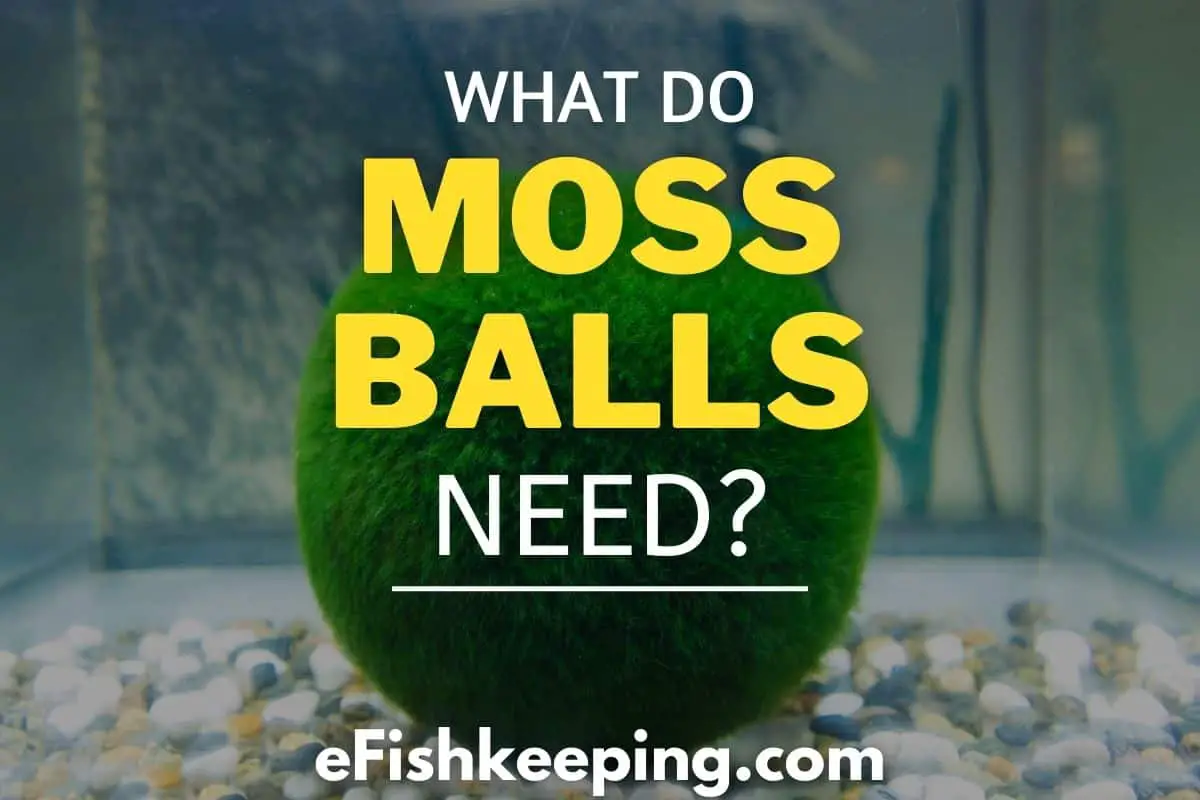
![Seachem Prime Dosage: A Complete Guide [Calculator + Chart] seachem-prime](https://efishkeeping.com/wp-content/uploads/2022/03/SEACHEM-PRIME-efishkeeping.com_-300x200.jpg)
